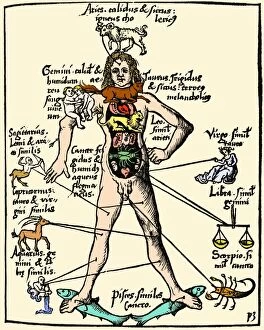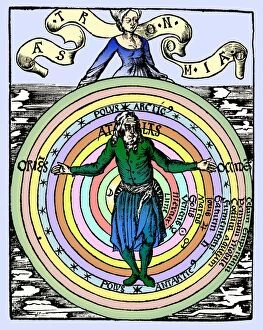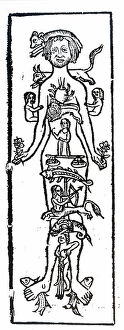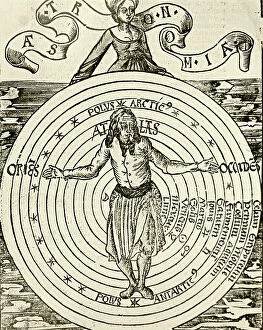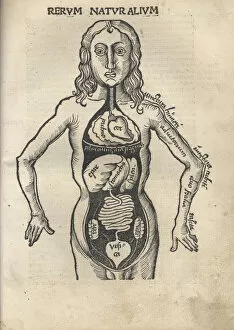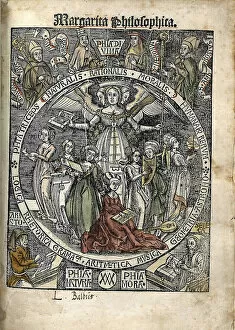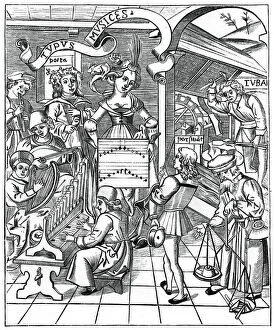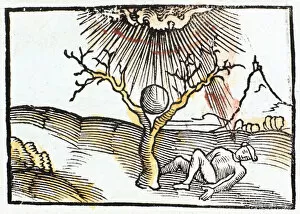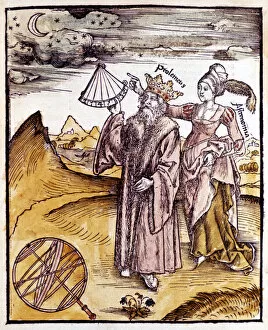Gregor Reisch Collection
Gregor Reisch, a prominent figure in 16th-century astronomy, was not only an astronomer but also a talented artist
All Professionally Made to Order for Quick Shipping
Gregor Reisch, a prominent figure in 16th-century astronomy, was not only an astronomer but also a talented artist. His most famous work, Margarita Philosophica, showcased his expertise in various fields such as anatomy and geometry. In this masterpiece, Reisch beautifully depicted the intricate relationship of the organs of the body with the humors and signs of the Zodiac. Reisch's artistic prowess extended beyond scientific illustrations. He also created captivating personifications of music, complete with poets and musicians. These artworks truly captured the essence and beauty of this art form. In addition to his artistic talents, Reisch delved into other scientific disciplines as well. He explored chemistry and studied Ptolemy's works on astronomy and geography. Through these endeavors, he contributed significantly to expanding knowledge during that era. One cannot overlook Reisch's fascination with medical astrology either. His exploration into this field shed light on how internal organs were believed to be influenced by celestial bodies—a concept prevalent during that time.

